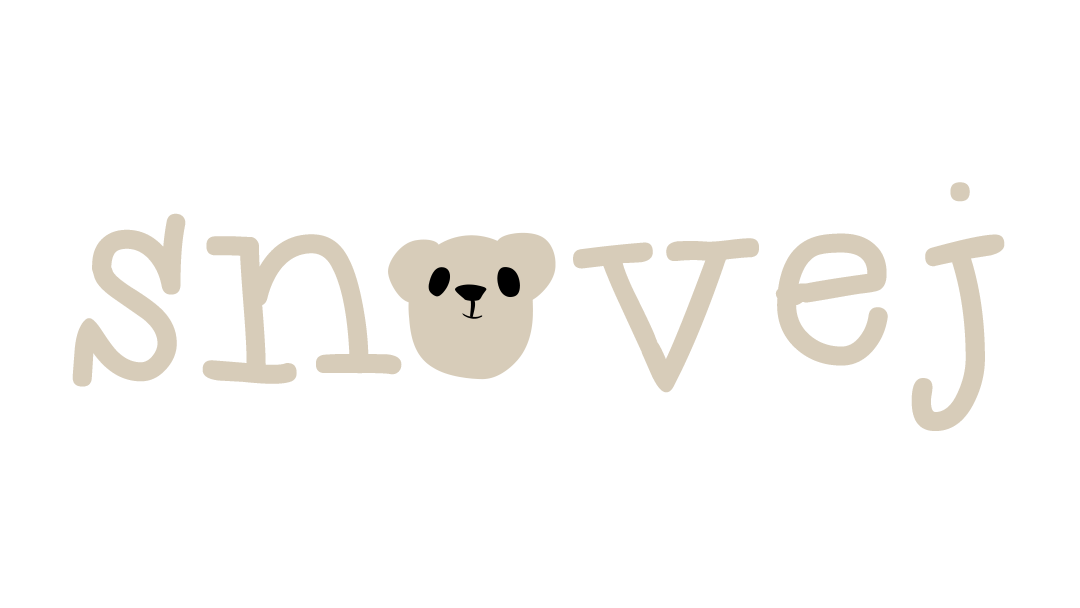
Last fall I made some rustic looking wooden shelves for our market booth. I wrote a tutorial on the instant wood ageing process using tea and a mixture of white vinegar and steel wool. Read Instantly Age Wood in order to make more sense of this post.
The reaction between the materials is still a mystery to me, but it intrigued me to the point I wanted to experiment further. I even tried it on fabric and rope!
When I used some old leftover mixture, the wood turned brown! Not gray at all, but a pretty chocolate brown as seen in the photo above. So I decided to make a sample using mixtures of different ages to see if the results got darker or browner over time.

I made four different mixtures. Two with the 10% white vinegar and two with 5% white vinegar.
The next day, exactly 24 hours later, I removed the steel wool from one jar of each set.
To prepare the wood for the stain, I made a tea of 2 cups boiling water and one tea bag of normal black tea, leaving the bag in the water. When the tea had cooled, I applied it to the board and waited for it to dry before applying the stain mixtures.
I used a new tightly rolled up paper towel as my applicator for each mixture.
For nine days I made a new sample board. The boards were all from the same fruit crate, and the tea was applied the same day I stained the wood.
The Results!

#1 10% white vinegar with steel wool remaining
#2 10% white vinegar with steel wool removed
#3 5% white vinegar with steel wool remaining
#4 5% white vinegar with steel wool removed
As you can see there’s not much of a difference except with mixture #3.
I was surprised the stronger vinegar, the #1, didn’t change the color as much as the #3 did. I had expected it to dissolve the steel faster and therefore affect the color earlier, instead it seems to need even more time to create the rusty brown color.
Both #1 and #3 turned towards brown on the sixth day, whereas the ones with the steel removed didn’t change color or even get darker over time.

I liked the brown a lot … But I soon discovered the color was a layer of rust that could easily be brushed away! Bummer! Maybe it could be sealed with a finish of some kind, but then again maybe it wouldn’t look as rustic. It could be used on a piece that won’t be touched much, like the sign I was working on in the header photo.
And so the exploration continues …
~ Marina
Let me know how your experiments go!

Leave a Reply